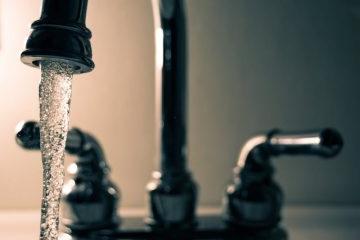How Do You Know if it’s More Cost-Effective to Repair or Replace a Water Softener?
Published on

When it comes time to make repairs to your water softener system, it sometimes makes more financial sense to replace the system altogether. How do you know what course of action to take? Our readers provided some excellent advice on how to determine whether it’s time to repair or replace your system.
Table of Contents
ToggleCapacity-Based Cost
To determine the correct system capacity, you ought to calculate the water hardness in grains per gallon (GPG). The mineral composition of your water, including the minerals magnesium and calcium, is shown by this measurement. Hardness of water is directly related to grain capacity. You can get the hardness of your water tested by your water provider, a third-party laboratory, or even a do-it-yourself (DIY) kit. The hardness of a fluid is measured in GPG, which ranges from 0 to 20. A value of about 3.5 indicates hard water.
Repairs are Necessary
Maintaining a water softener is essential to keeping it in good working order. Repairs may be necessary from time to time as well. Furthermore, at least every three to four months, brine tanks must be inspected. The usual range for maintenance expenses is $150 to $900. If the system requires extensive repairs, you need to prepare for a higher payment.
Replacing the Brine Tank or the Resin Tank
The line where replacing becomes a better idea than repair is when you’re at the point where you’re replacing either the brine tank or the resin tank. These are the largest and most expensive parts of most water softener systems, and you’re well on your way to replacing your whole system if you replace one of them. Smaller parts like tubes and valves are usually worth the cost for repairs.
Age and Performance of the Current Water Softener
If the system is nearing the end of its typical 10-15 year lifespan or experiencing ongoing efficiency issues, investing in a new water softener with modern, more efficient technology could result in long-term savings on maintenance and utility costs. For instance, an old system potentially wastes thousands of gallons of water annually, spikes utility bills, and sets the stage for frequent servicing. Newer models may be more economical with salt and water usage.
On the other hand, if the current system occasionally malfunctions or requires a few accessible parts, repairs might be in order. I always consider if the unit is still under warranty, and I weigh the repair costs—typically between $150 to $600—against the benefits of an upgrade, which could include improved water quality and reduced impacts on other household expenses like detergents. Factoring in the environmental side of things, the choice might lean towards repairing and extending the life of the current system when possible.
This is a crowdsourced article. Contributors’ statements do not necessarily reflect the opinion of this website, other people, businesses, or other contributors.





